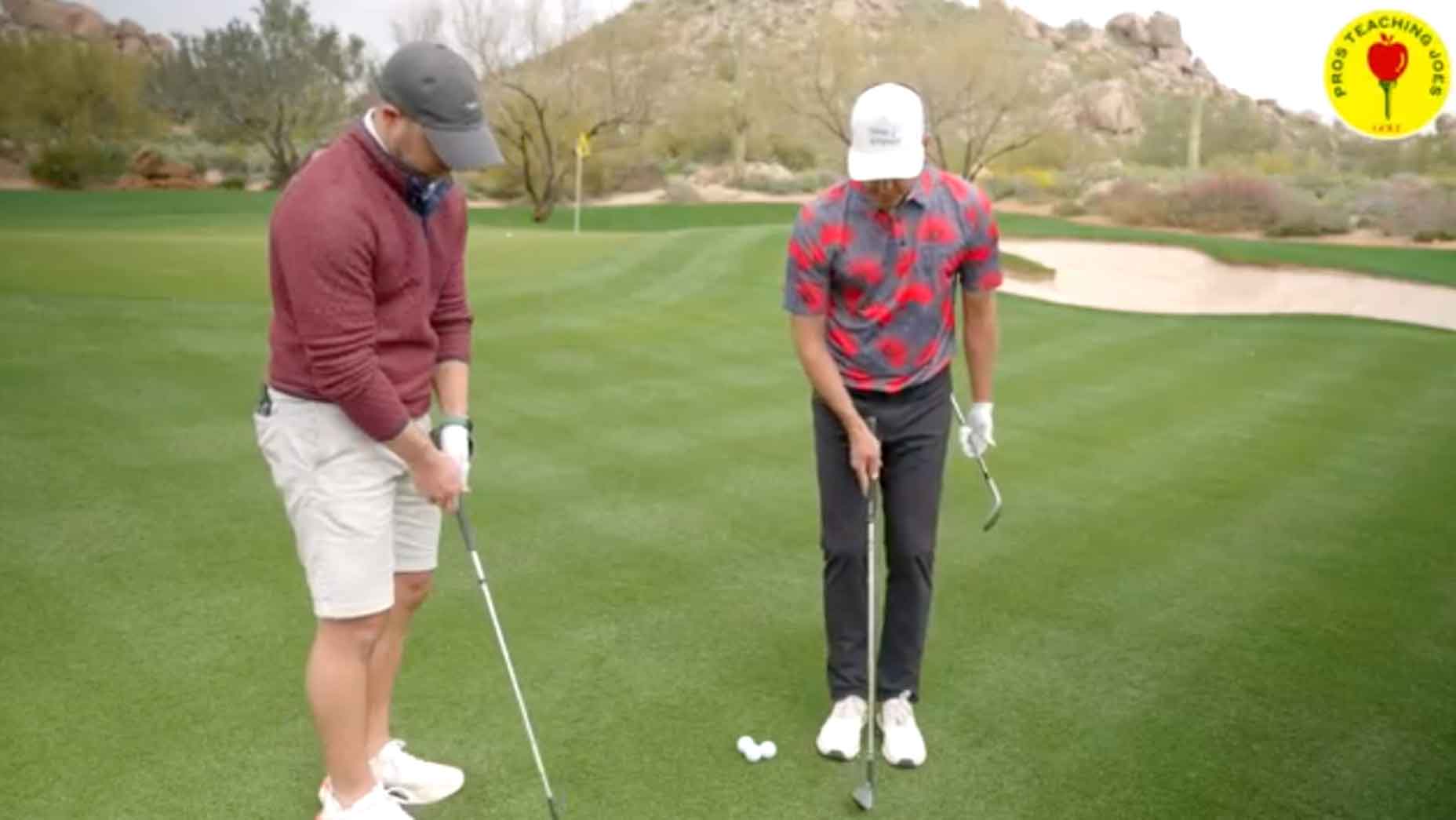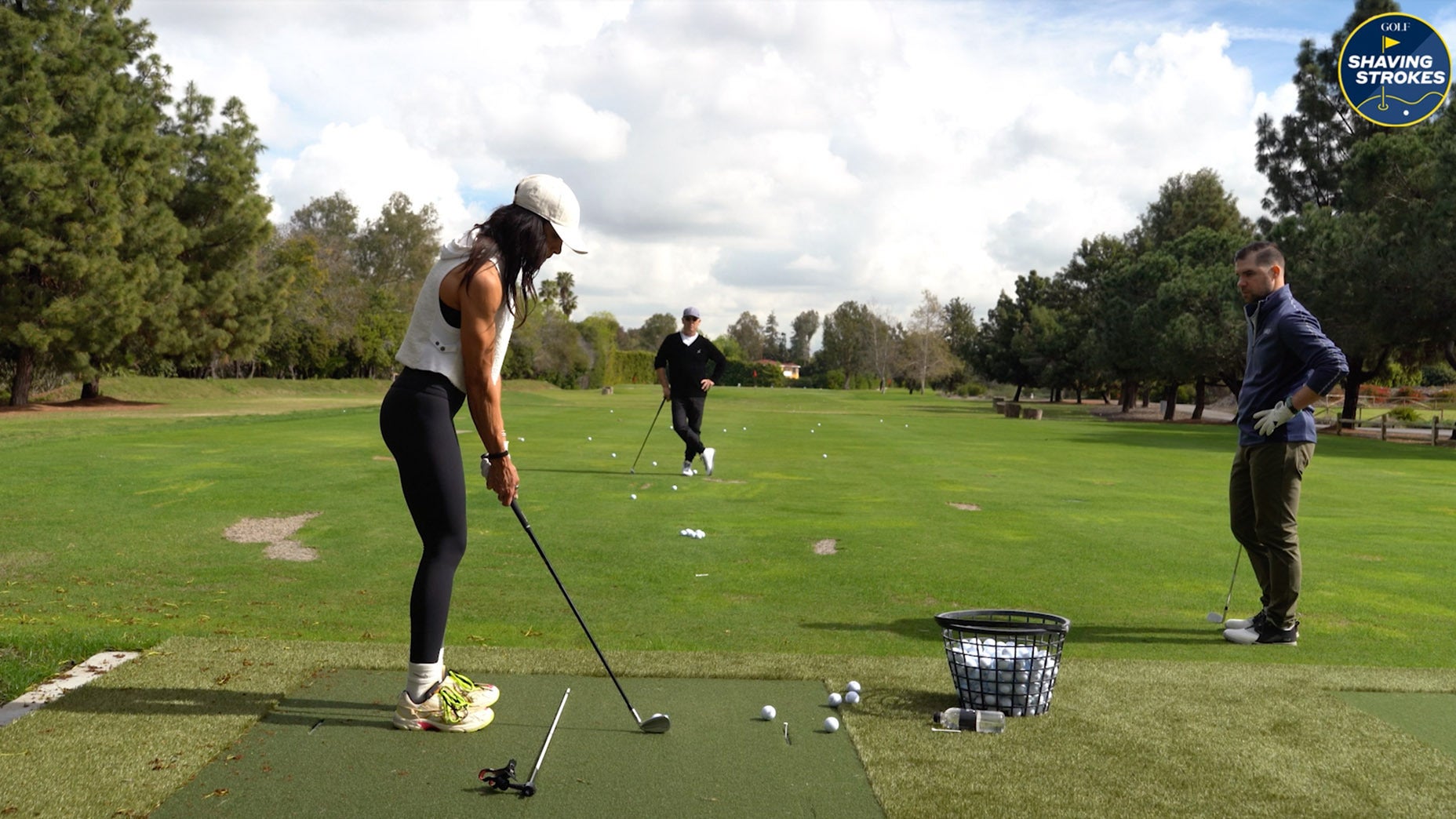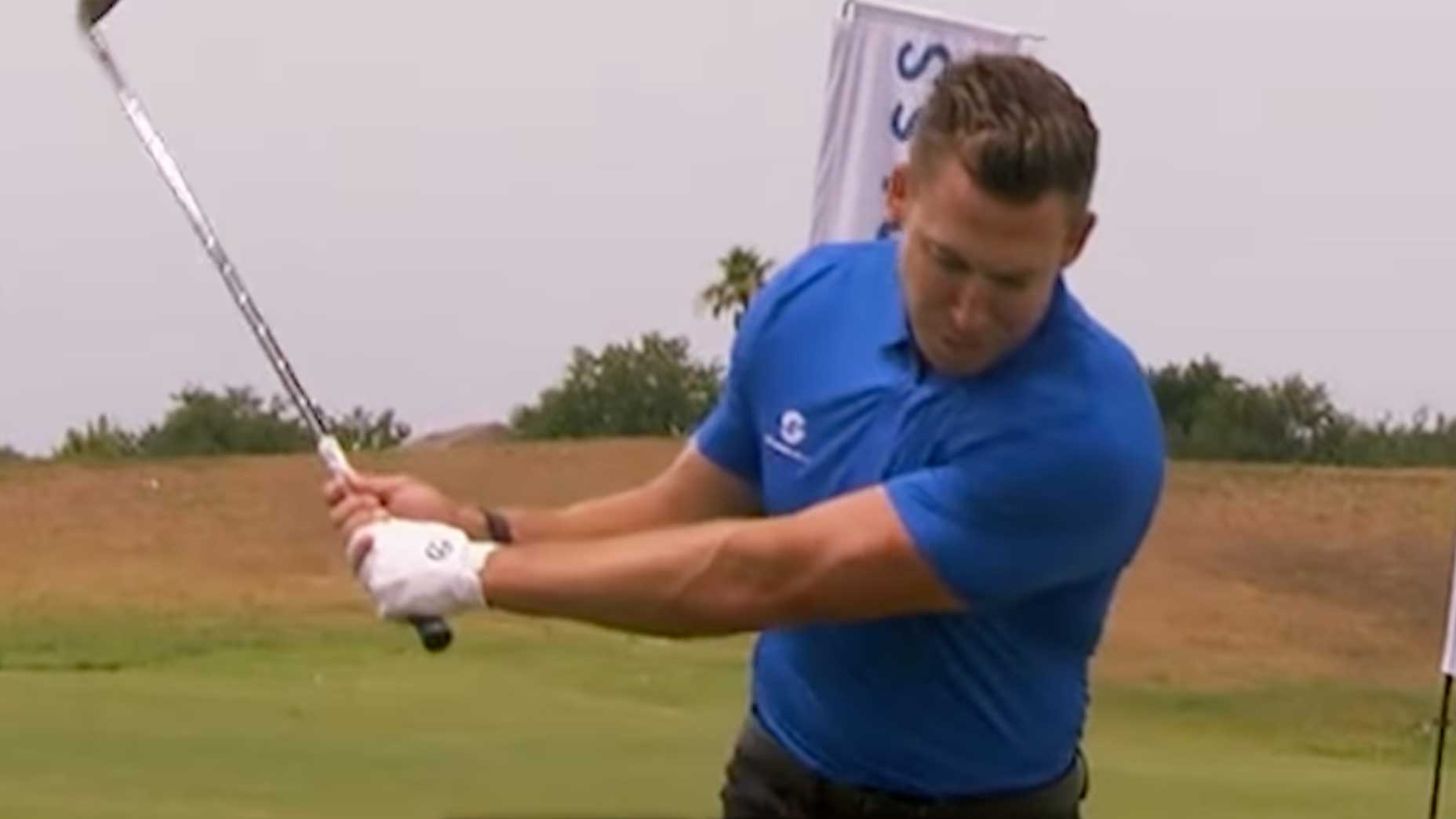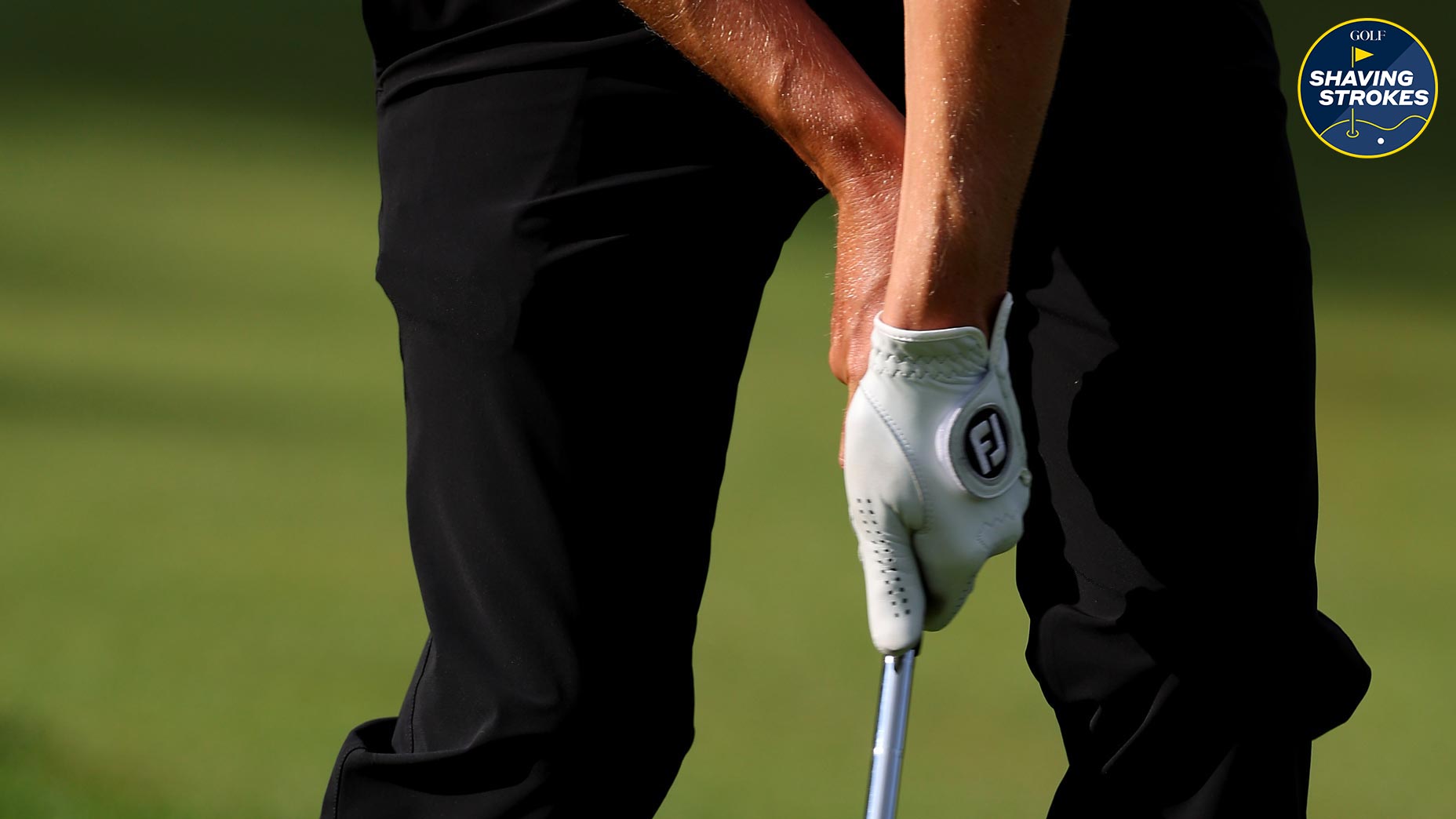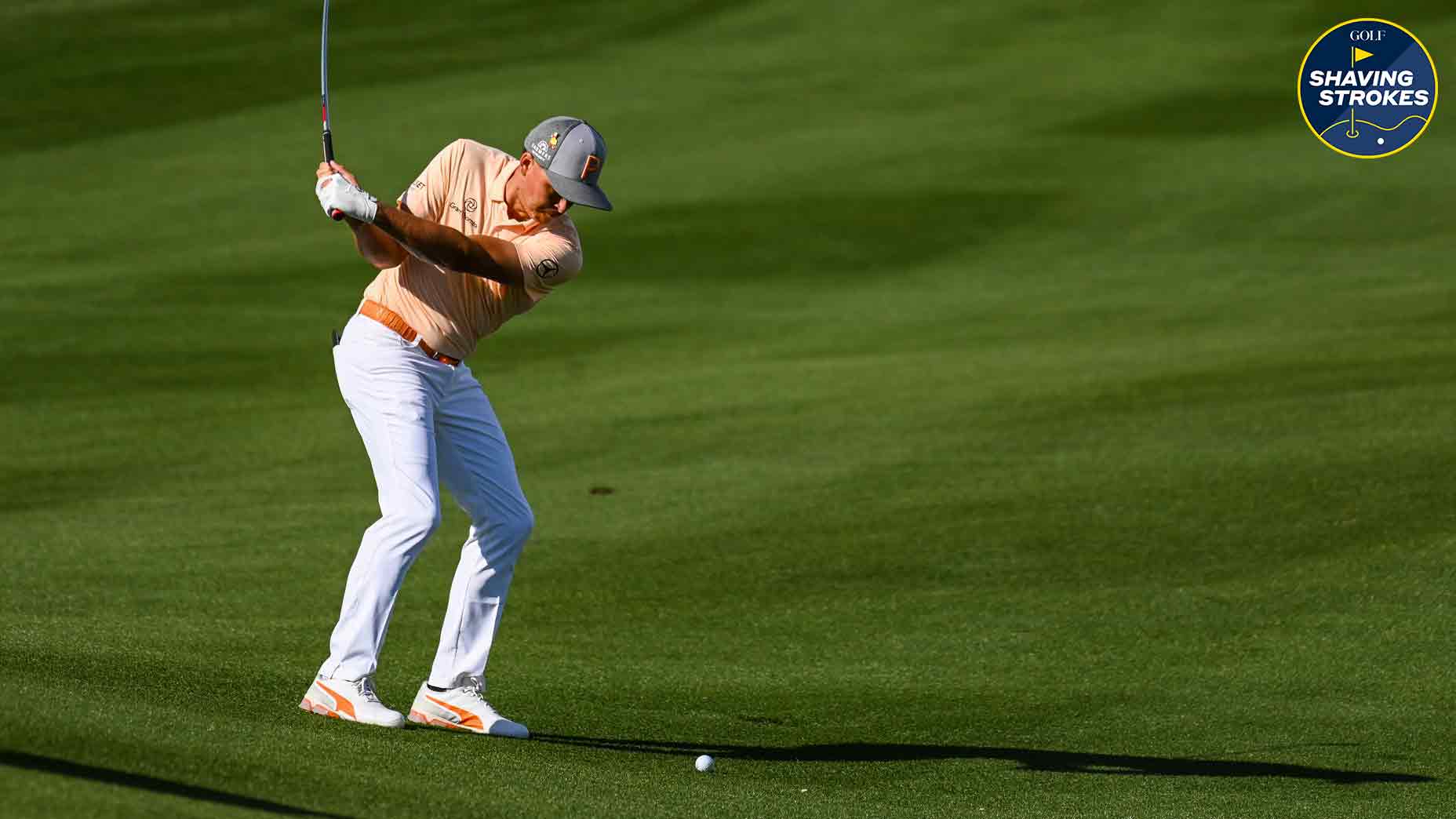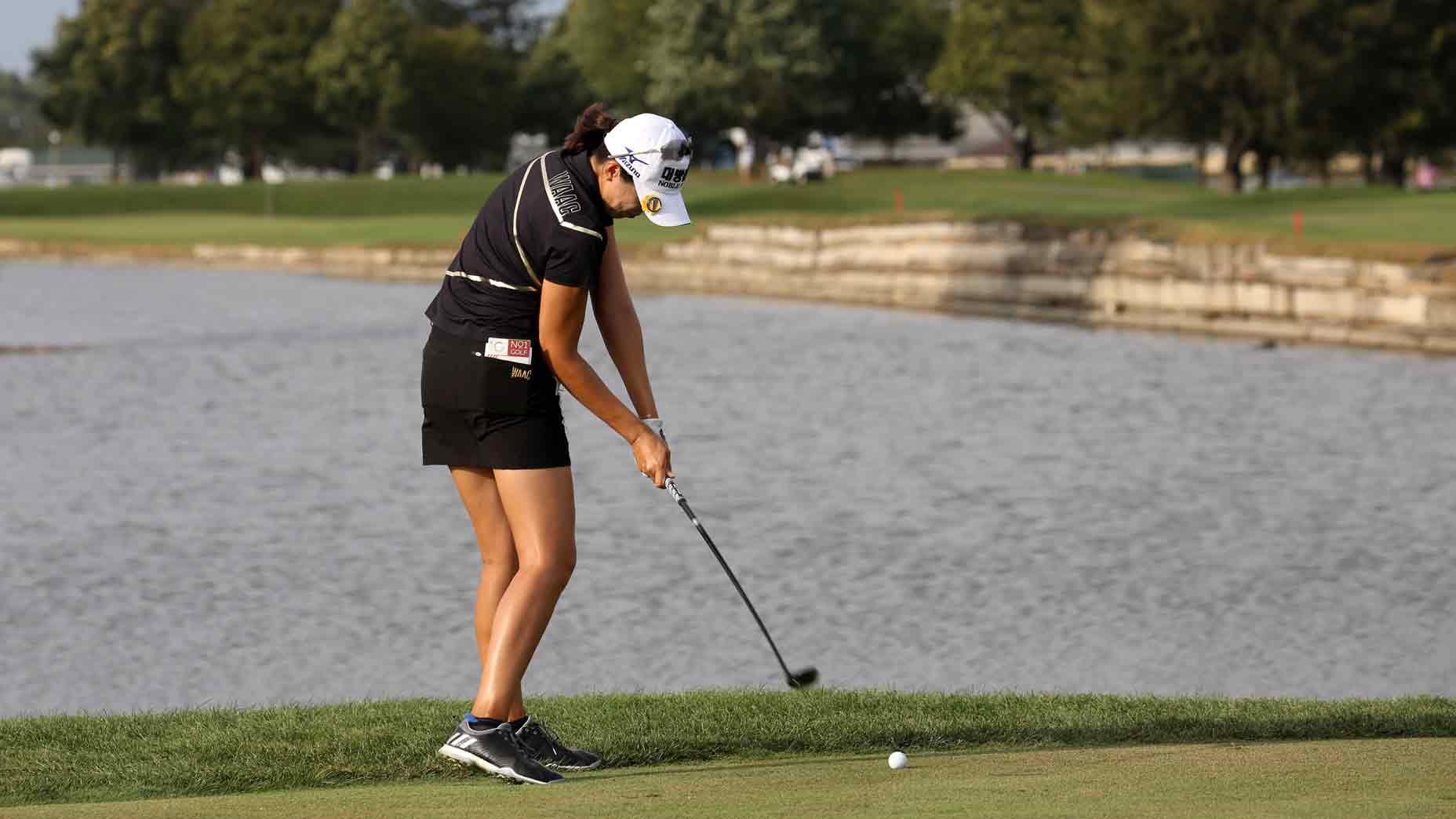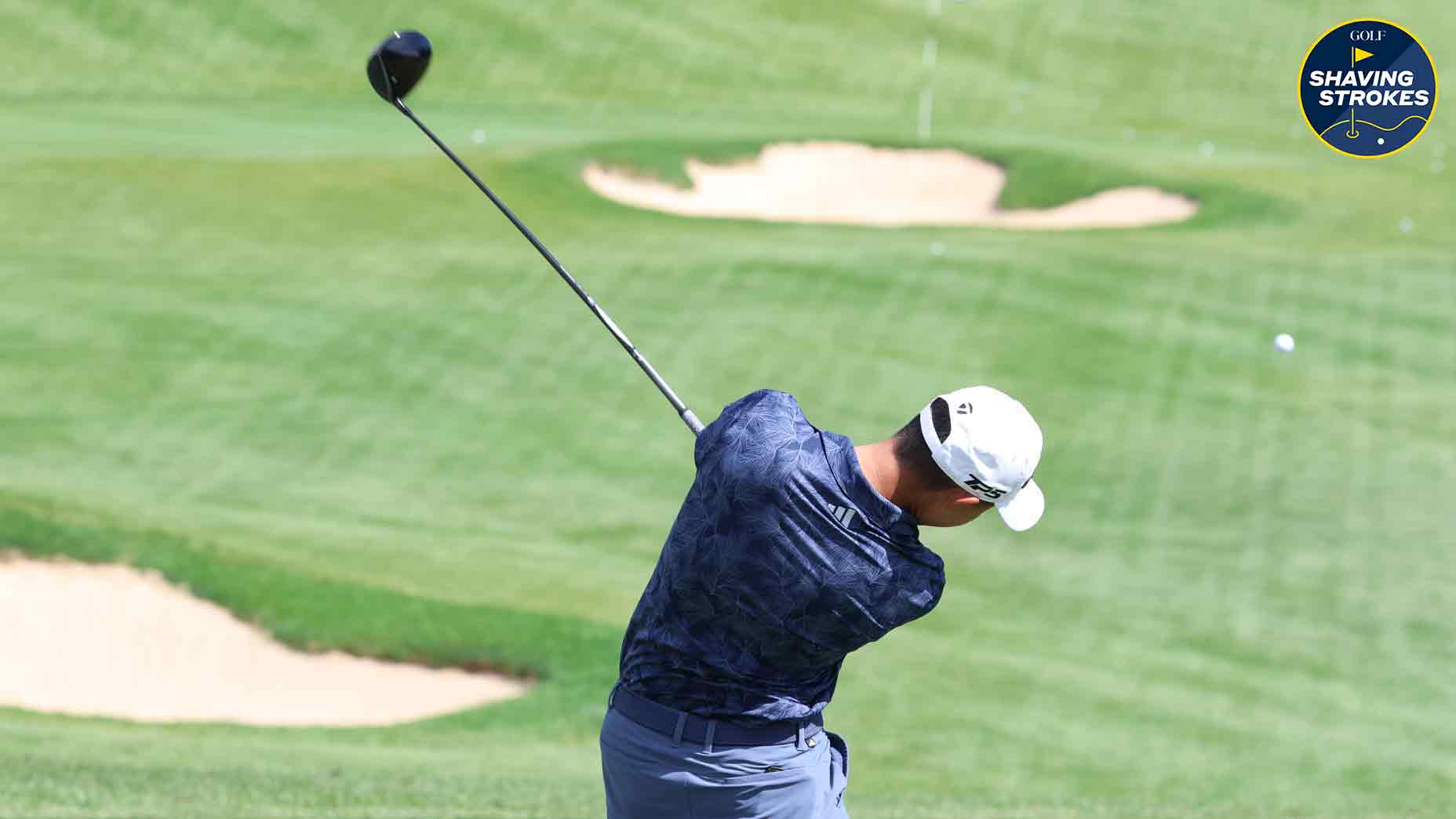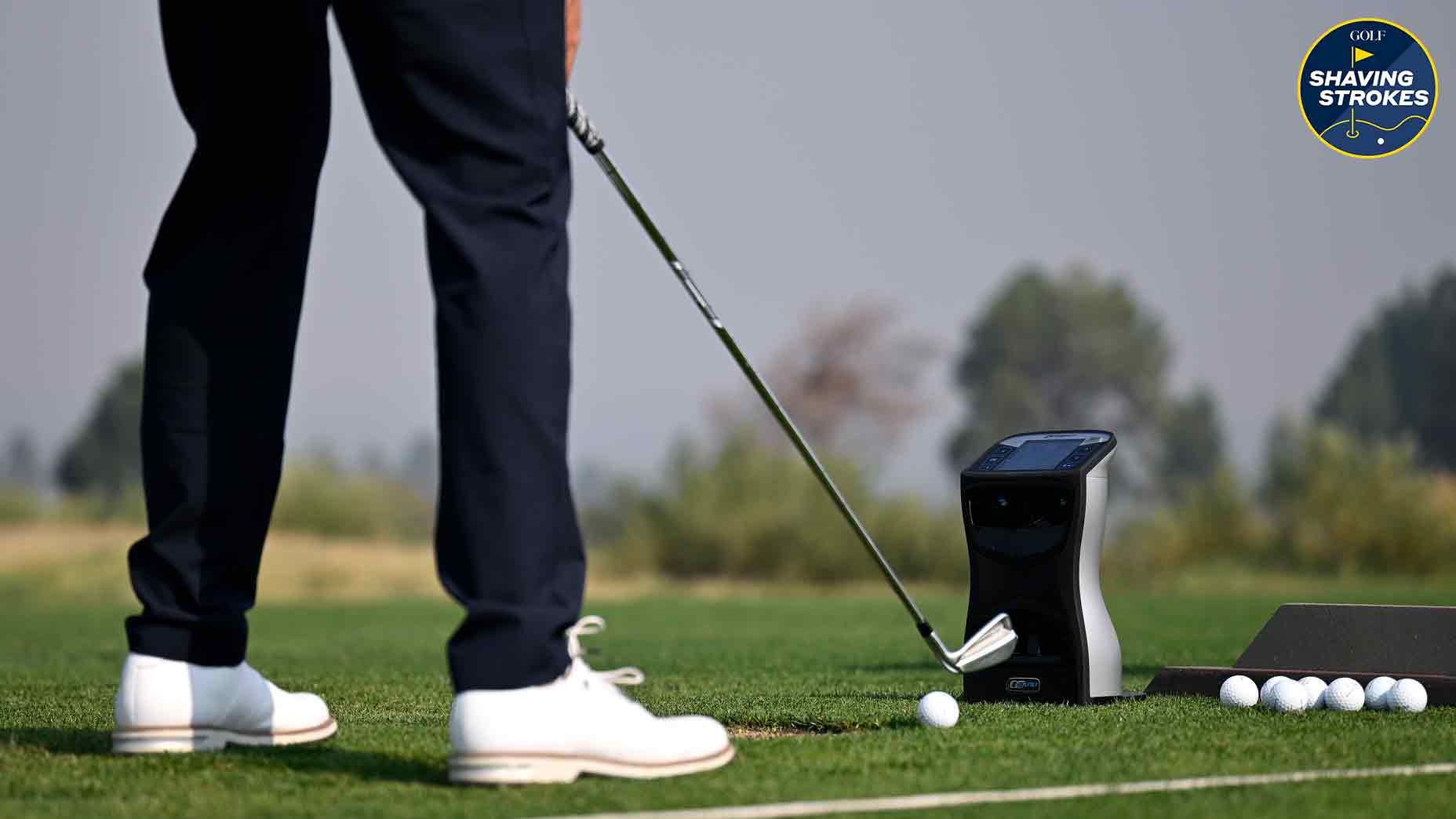I used only my 6-iron for every shot outside 50 yards. Here’s what I learned
- Share on Facebook
- Share on Twitter
- Share by Email
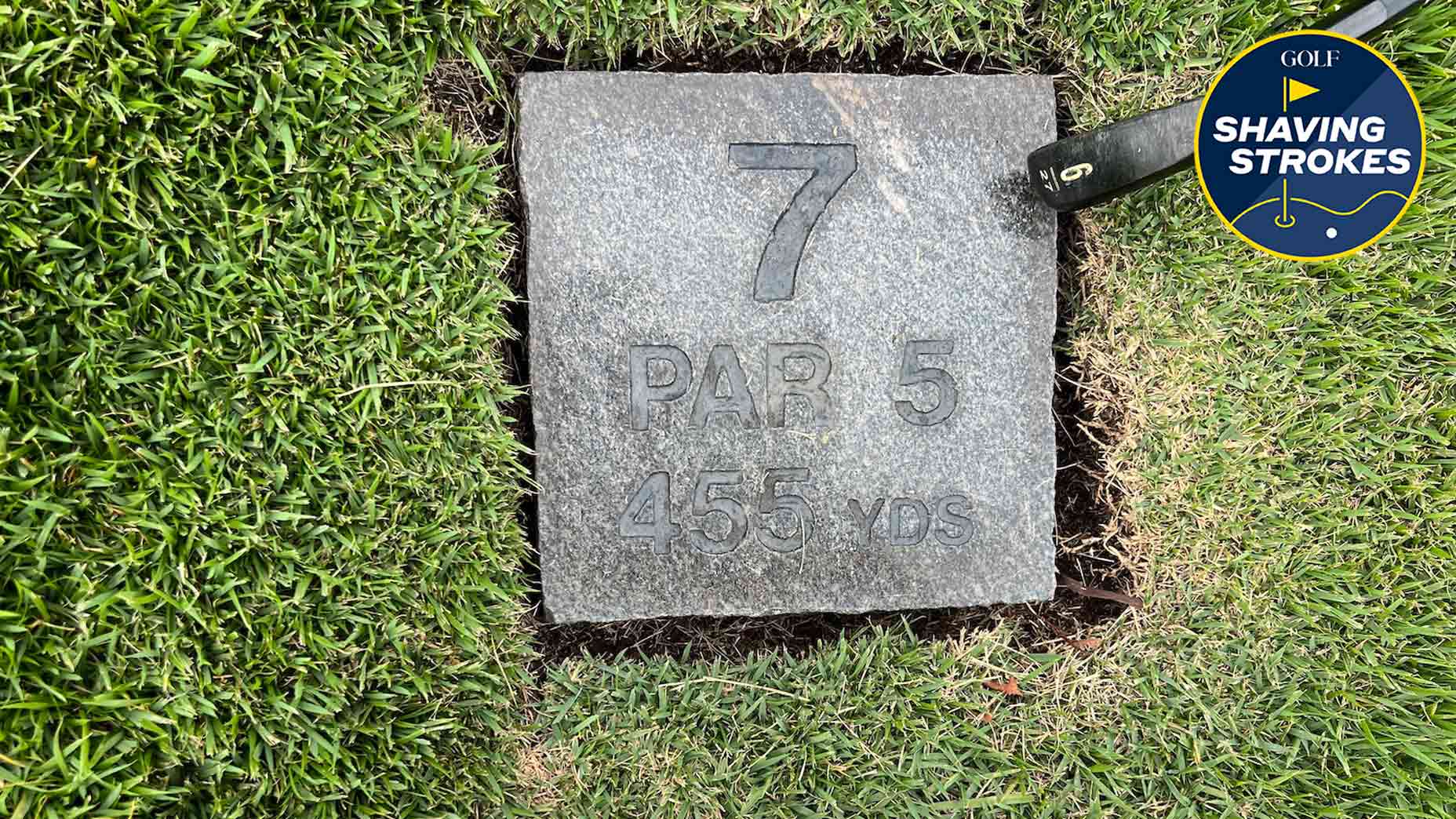
By only using a 6-iron, I was able to pinpoint where my game needs the most work.
Instagram / @ndimengo
Welcome to Shaving Strokes, a new GOLF.com series in which we’re sharing improvements, learnings and takeaways from amateur golfers just like you — including some of the speed bumps and challenges they faced along the way.
I’m not very good at golf right now.
It’s not always that way, but over my past couple of rounds, I haven’t seen any consistency whatsoever. I’m slicing and snap-hooking my drives, topping approach shots, skulling wedge shots, and my putting has been atrocious.
While I’ve been a 13-handicap for about seven months, I haven’t been playing that way following a brief hiatus from the game. Scores have hovered more around 90-94 rather than the mid- to high-80s that I saw this time last year.
I thought the biggest culprit was my driver, where I’ve been hitting off the heel and opening my clubface, leading to poor results — and plenty of time searching for my shots near the OB sticks.
But instead of just assuming, I wanted to try something both fun and informative. After all, this is golf, where big data is king these days.
This fun golf practice concept identifies exactly what parts of your game need workBy: Nick Dimengo
So last week I marched myself out to the Vanderbilt Legends Club, in Nashville, Tenn., with only a 6-iron, a wedge and my putter, determined to figure out exactly where my game needs the most work.
My theory: If I hit my 6-iron between 175-182 yards, even on a 500-yard par 5, I hypothetically should be hitting more greens in regulation with a chance for birdies. I just needed to keep the ball straight, see solid contact and avoid hazards like thick rough, bunkers, or trees.
This type of golf practice was new to me, but since the round was only going to be 9 holes anyway, I figured this was the time to try it out — and I’m glad I did, because it taught me a lot about my game.
Playing solo helped with this little experiment of mine since I wasn’t going to feel pressed by other players. Still, it’s a little intimidating standing on a tee box with only a 6-iron in hand and seeing a green that’s nearly 500 yards away — which was an internal demon that I had to block from my mind.
But I kept reminding myself the reason why I was doing this: to identify the exact flaws in my game.
As you’ll read below, there was some good, some bad and some really ugly (especially in the short game). But I figured sharing this lesson might be useful for you to try one round this summer as well.
Using my 6-iron on tee shots
Given all the golf I’ve played this year, I’m starting to get a better feel for each of my clubs. While I’ve struggled with consistency using my 4- and 5-iron, my 6-iron has actually been quite kind to me.
Even when I mishit with my 6, it still seems to go about 165 yards. It doesn’t always go straight, but it’s better than some of the hardcore slices I’ve delivered with a driver or a wood off the tee.
I started my round missing the first two fairways — but not by much. So my second shots on each hole were sitting in the first cut with good lies. This allowed me to get beneath the ball, giving me the feel of hitting off a tee.
The 3rd hole was a 156-yard par-3. I stuck my tee shot about 12 feet from the pin, leaving myself with a tricky left-to-right putt that had speed moving downhill.
The 4th hole saw me completely shank my drive, falling into some bad habits by opening the clubface. My shot ended up O.B., leading to plenty of swear words (and an unfortunate drop).
But on holes 5-8, I hit every fairway, before my tee shot on 9 found the rough (but only by about two feet).
Overall, the experiment to use my 6-iron off the tee was positive.
Hitting 55% of fairways may not seem impressive, but it was an accomplishment (and improvement) from what I was doing when using a driver off the tee.
Approach shots
Even before taking my three-week mental break from golf, I already had confidence in my approach game.
This round was obviously different because I was only using my 6-iron, but it forced me to use half- and three-quarter swings to control my distances on each shot.
For instance, I crushed my drive on 8 (a 355-yard par 4), and put about an 80% swing on my second shot. The ball hit the front of the green and just rolled off — forcing me to chip over a bunker — so that was a bit disappointing.
Overall, though, I was very happy with the way my approach shots were.
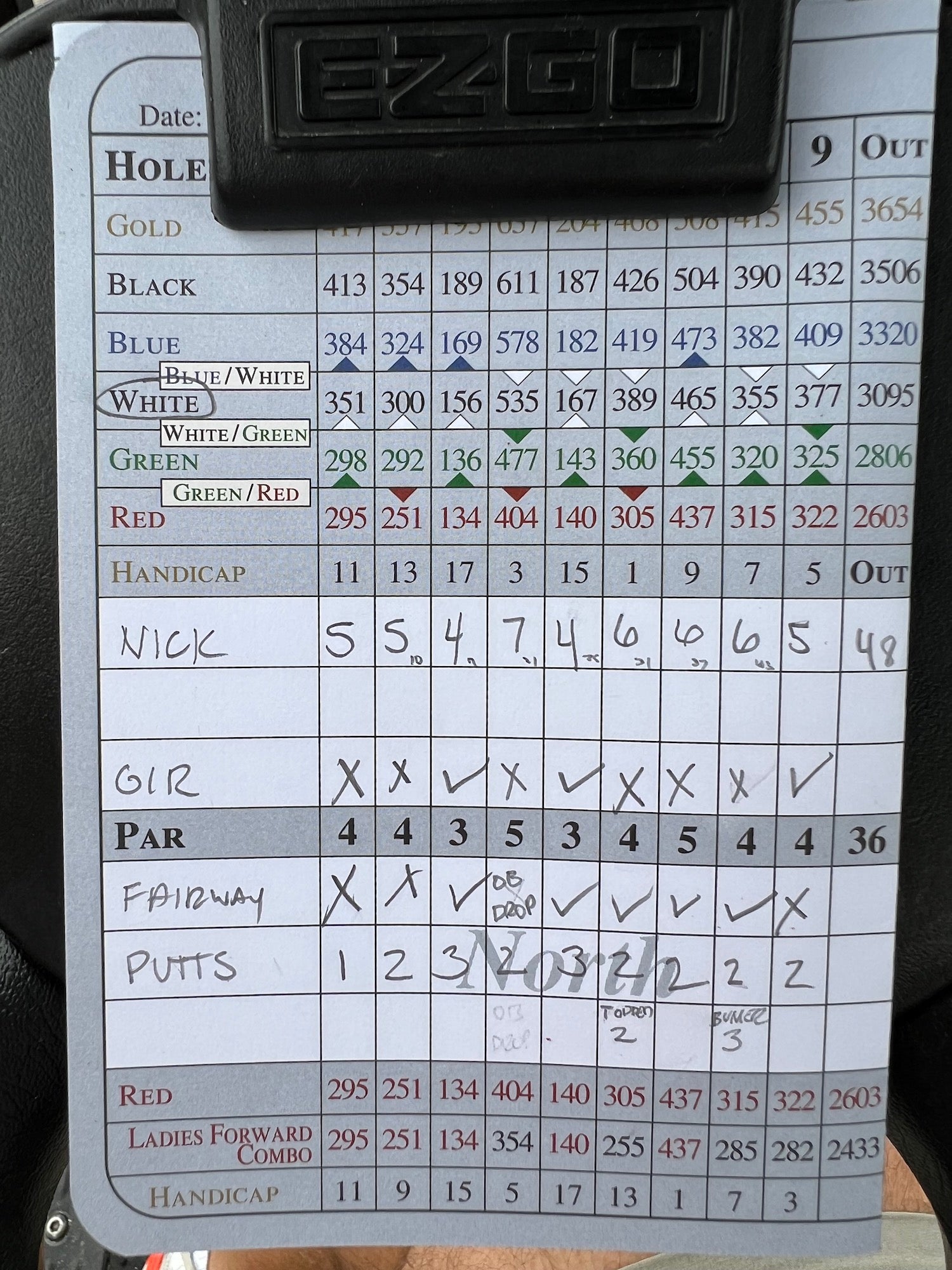
55- to 120-yard shots
Remember all of that confidence I had on my approach shots? Yeah, it all but evaporated once I got within 55 to 120 yards.
Using my 6-iron from this range was tough, because shots from this distance generally require higher-lofted irons. But every shot on the course doesn’t need a full swing all, so improving my touch from this area of the course is a must for me to shave more strokes off my game.
Outside of the two par-3s, I hit only one green in regulation. So, yeah, not good.
I was terrified of my 60-degree wedge — until I got this lessonBy: Nick Dimengo
But just because I shanked a few and flew the green on a couple more, doesn’t mean I didn’t learn something.
I now know what swing adjustments I need to make during my next visit to the driving range. It also allows me to experiment with different club options from this distance, trying to figure out exactly which one helps me hit more greens in regulation.
Chipping and pitching
Similar to shots between 55 to 120 yards, my short game was also rough. Point blank: I hit my wedge like absolute garbage, and just couldn’t get any feel with it.
Some of this may be attributed to a change in approach — as I was using more bump-and-runs as opposed to flop shots that I’ve grown accustomed to with my 60-degree.
But I’m not one to make excuses and the number of mishits I had around the green just isn’t going to get it done.
Instead of just tossing the pitching wedge back into my bag to gather dust, though, I need to practice with it more often. There will obviously be times on other courses where I can’t just default to using a 60-degree, and the pitching wedge is the only option to give myself a chance for birdie or par.
It’s disappointing, but, hey, that’s what this focused practice round was all about — to get a better feel for different parts of my game.
Putting
During my nine holes, I took 19 putts — so I averaged just over a two-putt on each hole. Not where we want to be for sure, but it was the manner in which I missed some putts that was really frustrating.
As some of you know, I’ve got a personal goal to break 80 by the end of summer. To accomplish that, it means eliminating careless mistakes — especially on the putting surface, as that’s where a player can make up for poor shots off the tee, on the approach or with chipping.
Unfortunately, the 48 I carded during this practice experiment doesn’t truly represent how low I could have gone.*
*says every golfer after a round.
Struggling with short putts? Retrain your hands with this quick-fix drillBy: Nick Dimengo
For example, on both par 3s, I had an opportunity at long birdie putts. Instead of honing in my distance control, I ended up bogeying each of those holes — which, ironically, were the only holes where I three-putted.
Ugly.
Equally as frustrating was my putting stroke on holes 1, 4, and 9, where I had a chance to go par, bogey, par (respectively), and lost concentration from within three-feet — which is where pro players are nearly automatic from.
Had I been able to get those 5-6 strokes back, boom, I’m looking at a 42 instead of the 48 I carded. That’s where I expect myself to be — but I need to prove it.
Overall, using my 6-iron on every shot outside of 50 yards was a positive experience. It allowed me to accomplish what I wanted and to put extra focus on the things I need the most work on.
As the above summary of my round shows, it’s time to get back into the lab and spend ample time from about 120 yards in. I had always thought that was a part of my game that was strong. But the proof is in the pudding, and now I can use this information to shave strokes for the next time I’m out there.
Want to share your firsthand experience for a chance to be featured in a future Shaving Strokes article? Share your details and progress by emailing me at nick.dimengo@golf.com. We’re all in this together, so let’s share our wins, our learnings, and our frustrations in order to help one another improve!
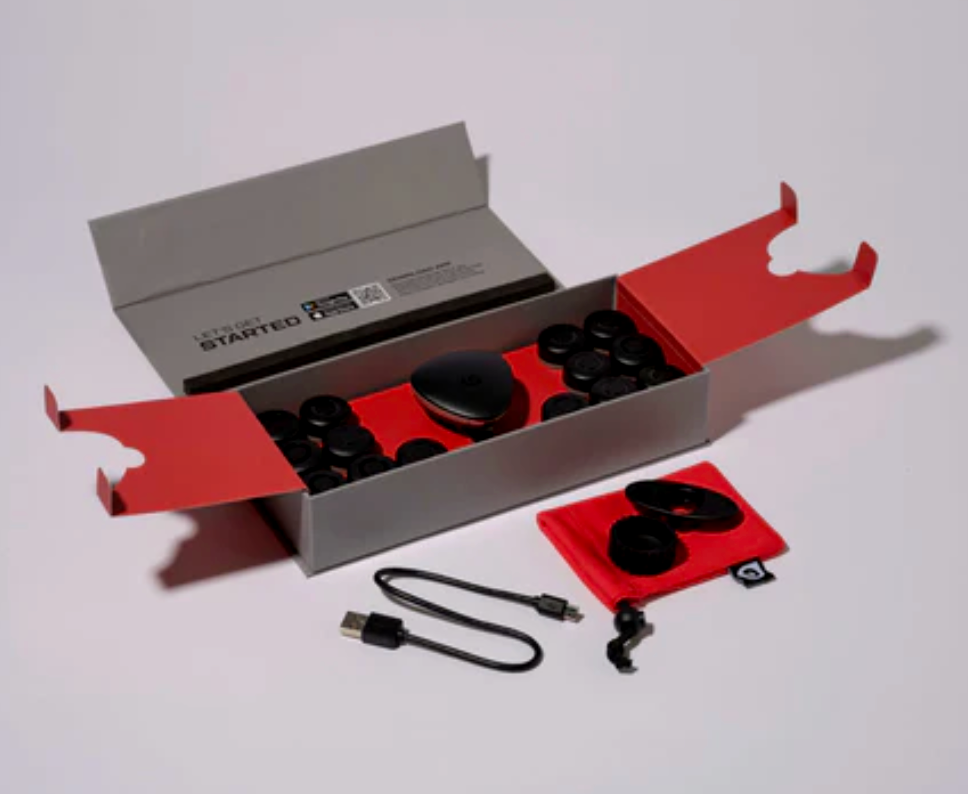
Game Golf KZN GPS Shot Tracker
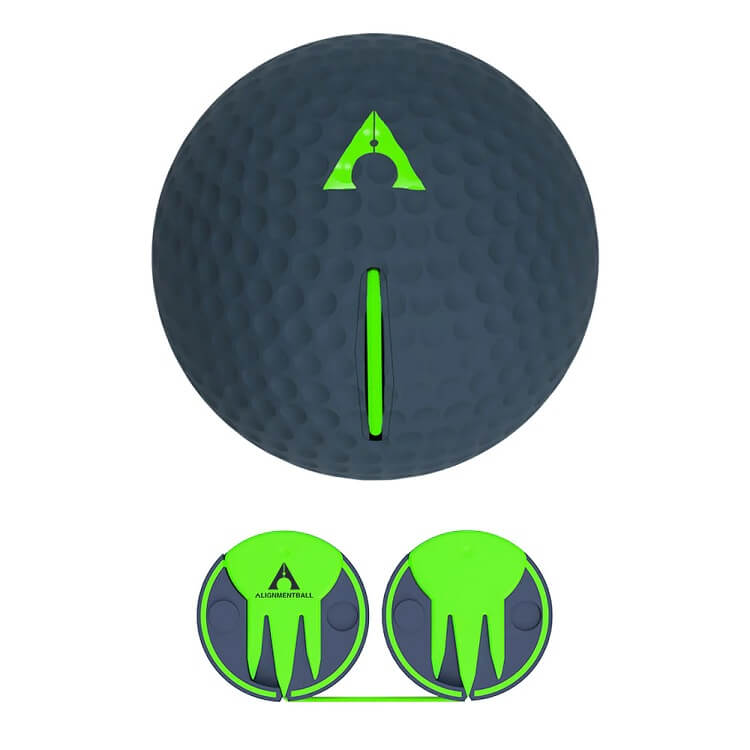
Alignment Ball
Latest In Instruction

Nick Dimengo
Golf.com Editor


